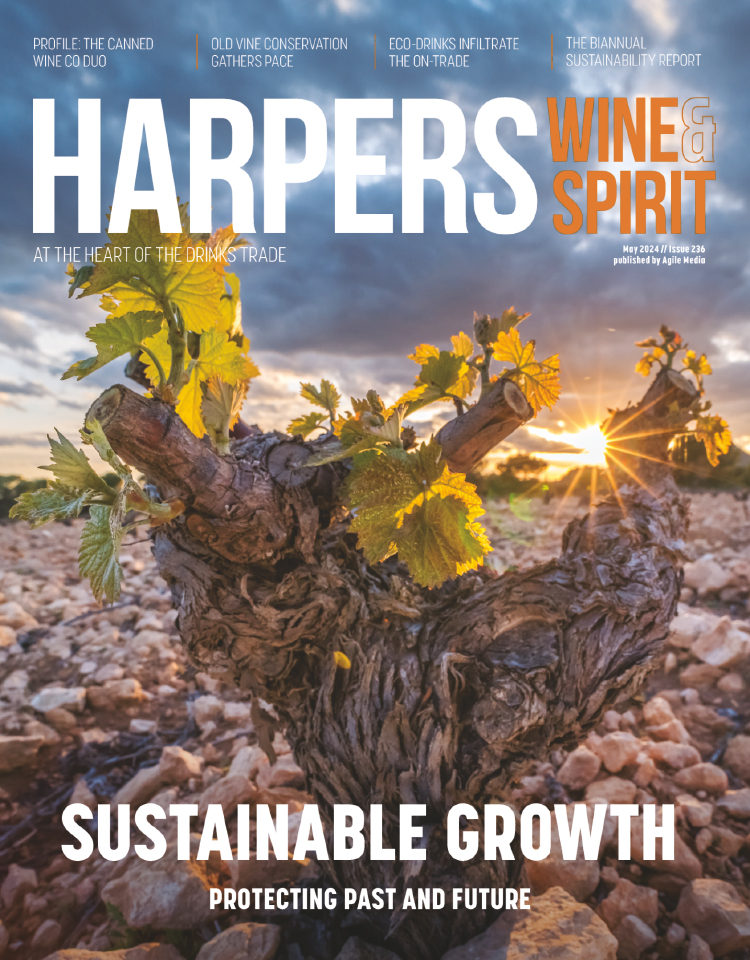
Unprecedented weather has had "major impact" on Champagne economy
Frost, mildew and scalding weather in 2016 has had a "major impact" on Champagne, accounting for as much as 80% crop losses in one area before the harvest even began.
This year will not be forgotten quickly by Champagne's vine growers.
According to Champagne Taittinger, a slew of bad weather meant the region has suffered a 35% loss of the potential harvest, and as much as 80% in the Aube, where the vines were particularly effected.
In an update from Champagne Taittinger's directeur général, Damien Le Sueur, the first bout of bad weather began with two successive frost periods on April 18 and 19, and then again on the 27, leading to a total estimated loss of 15% of the potential harvest across the region.
This was followed by two months of excessive rain which encouraged the unprecedented development of mildew, beginning in mid-May and ending in August, and resulting in another 15% crop loss.
The region was then hit by a short blast of very hot weather, scalding the crops and leading to a further 5% loss, bringing the total damage to crop yields across the region to 35%.
Le Sueur described a year that has being characterised by more than its fair share of challenges, including in the Aube, weather wet and cold weather, and frost resulted in estimated losses close to 80%.
"An unprecedented consequence of these occurrences is that our press house at Loches-sur-Ource in the Aube will not open this year; and some growers will not even spend money and labour on organising the harvest of their vineyards. The harvest, for some, has been that bad."
The atypical weather has hit Champagne's economy hard, with the increased costs of production associated with harvesting low yields generating a significant strain on the supply of grapes.
Like others, Taittinger is preparing to deal with a reduced harvest - but Le Sueur is optimistic that a sunny July will offer the remaining grapes some real quality.
"After a depressingly grey spring, the good weather arrived in early July, and the particularly warm and sunny summer offered the vines an exceptional end to their journey. Clusters of grapes affected by the mildew were destroyed, but the remaining bunches matured very quickly using the water reserves accumulated in the soil," he said.
"Hiding behind these small grape volumes is the potential for real quality from the 2016 harvest. The crop in September is healthy, the weather anticipated for late September and early October is very fine with cool nights and sunny days - without reaching extreme temperatures."





